Dogs may not be known for breath that smells like honey and sunshine, but has your dog’s breath become a little more stinky than usual? Do you have a pet who struggles a bit to pick up food and seems to be taking longer to eat a meal? Have you noticed any teeth appear to be a little looser? Does your pup or kitty shy away from having its head touched or petted? Are you seeing a nasal discharge that may even be accompanied by some sneezing? If you are, your pet could be exhibiting symptoms of dental disease.
Dental disease can cause serious health problems for pets. When a pet first starts developing gum disease, there might not be any noticeable symptoms. While nothing may appear out of the ordinary outwardly, there could be a bacteria invasion going on inside the pet’s mouth.
Bacteria starts to build up when food or other particles become trapped inside the oral cavity. When this happens, a gummy substance called plaque starts to develop on the teeth. Plaque then starts hardening until it becomes what is known as tartar.Tartar can form above and below the gum line. The surface of tartar is rough, which enables bacteria to easily adhere to the teeth, grow and multiply.
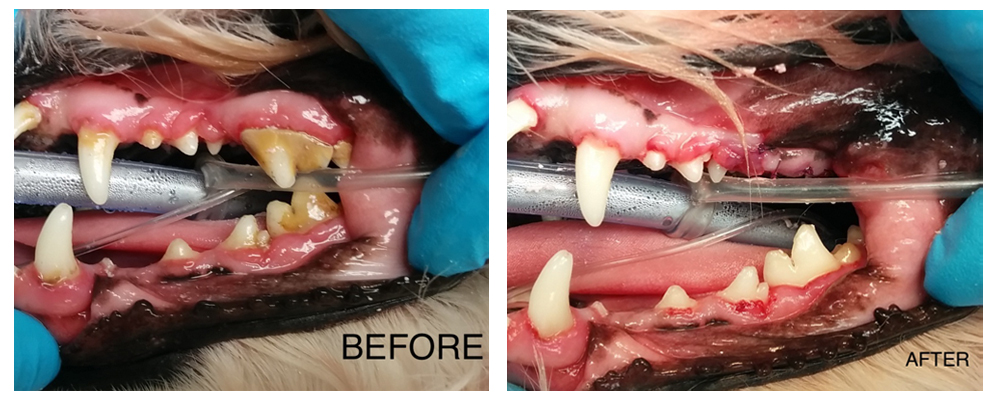
While the plaque and tartar are growing, your pet’s immune system sees the plaque and tartar as intruders, and it sends its army of white blood cells to attack the bacteria. That’s when the pet’s teeth and gums start suffering from the damage of the bacterial assault. If left untreated, periodontitis can cause a jawbone to become weak, and the pet may lose weight if eating is too painful.
If the bacteria enter the bloodstream, there is increased risk of damage to vital organs such as the liver, heart and kidneys.
Daisy May, a 6-year-old Teddy Bear, was visiting with Dr. Kathy Passinault for her routine visit and vaccinations, when Passinault found an irregularity during the oral exam. “I found a broken tooth on the large chewing tooth on Daisy May’s upper right side,” said Passinault. “There was also significantly more tartar on the right side of the mouth than on the left.”
Passinault explained that when there is more tartar on one side than the other, that’s usually an indication the pet is avoiding chewing on one side because it causes discomfort or pain. “Pets experience oral pain just like people do, but it’s often not easy to detect,” said Passinault. “As tartar is accumulating, it pushes into the gum tissue, causing inflammation.

Then the gum begins to recede, and the dental disease gets worse. Dogs who chew on things harder than their teeth – such as hard bones or rocks – may fracture their teeth, and as the disease progresses, the pets eventually experience tooth loss. Periodontal disease can be very uncomfortable for the pet.”
Greendale Village Vet has special dental equipment. The clinic provides patients with dental x-rays, offers ultrasonic scaling and polishing. As part of Greendale Village Vet’s team approach, Dr. Michelle McDonough performed Daisy May’s oral surgery to remove her broken tooth. The pup underwent anesthesia for her full dental exam and then her surgery. While Daisy May was anesthetized, McDonough took x-rays and removed the dog’s broken tooth. She also identified other fractured or loose teeth that needed to be removed. Each one of the problem teeth had likely been causing Daisy May discomfort. The procedure went very well, and Daisy May is once again finding happiness in her meals and chew toys.
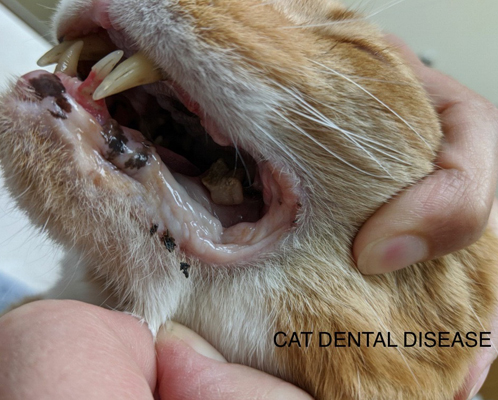
“Owners are usually a little surprised that after a pet’s diseased teeth are removed and they’ve healed from their procedure, they have more energy,” said Passinault. “We even see more pep in the older animals. Unfortunately, many pets have oral pain that is undetected, and they suffer in silence. As owners, we need to advocate for our pets and make sure they have good oral health, so they continue to have a good quality of life.”
Periodontal disease in cats presents in the same manner as with dogs,explained Passinault, and the treatment is the same: dental surgery.
The best way to determine whether a pet is developing dental disease is through regular check-ups, unless the pet is showing symptoms that suggest discomfort. “The majority of pets will need dental care during their lifetimes,” said Passinault.
The doctors and several technicians at Greendale Village Vet have special interest in dentistry and regularly expand their skill sets through continuing education courses.
For more information, visit greendalevillagevet.com. To make an appointment, call 414-421-1800.




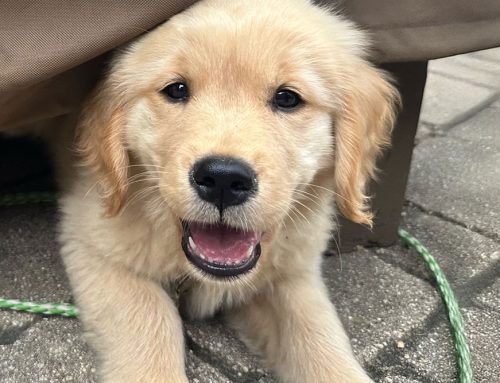
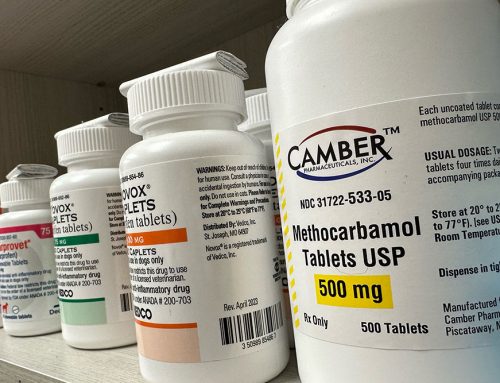
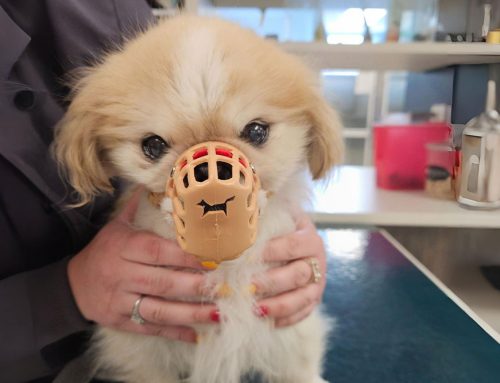
Leave A Comment